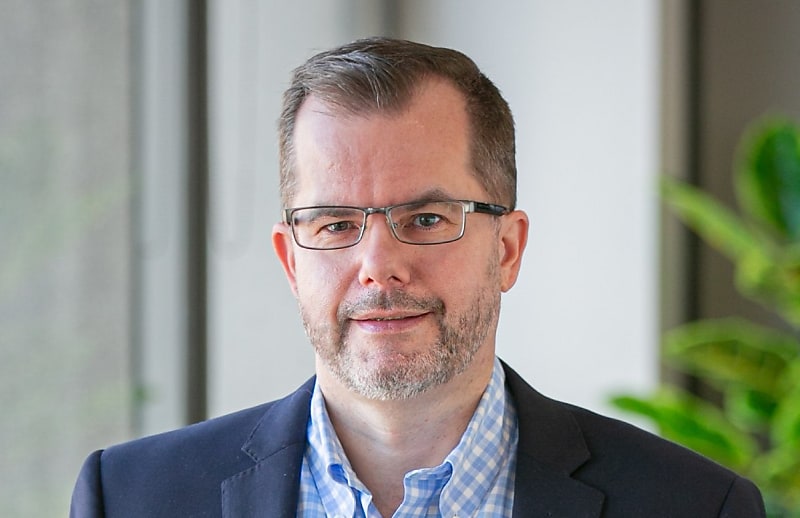Thousands of medical centres are sleepwalking towards a huge payroll tax bill after a series of rulings across the eastern states make them liable for the first time, says industry specialist William Buck.
Head of health at the firm Paul Copeland said many public practice accountants with medical centre clients were unaware that traditional service fee arrangements would now attract the tax and they needed to act fast or risk penalties.
And he said the medical industry was up in arms about the impost as it struggled to attract GPs and return a profit on thin margins.
“Medical practices are already saying this is not a cost we can absorb, we have to now work out how much we raise our fees to cover this tax,” he said. “They don’t have the money to pay.”
Only smaller practices would fly under the turnover requirement, he said, leaving about 7,400 medical centres, dental practices and allied health practices — such as physiologists, psychologists, radiology centres — across Australia liable this year.
He said typical service fee arrangements, where medical centres collected patient fees then deducted a proportion for rooms, staff and facilities before distributing the balance to GPs, were designed to avoid generating a payroll tax liability.
However, the landmark case of Thomas and Naaz Pty Ltd v Chief Commissioner of State Revenue [2022] NSWCATAP 220 last year had cast a shadow over such arrangements in NSW, he said, and now Victoria and Queensland were adopting the revised approach.
President of the Royal Australian College of General Practitioners Dr Nicole Higgins slammed the Queensland decision as a “kick in the guts” for patients and “deeply concerning”.
“It is another nail in the coffin for struggling general practices in Queensland,” she said.
“Practices with two or more full-time equivalent GPs will be affected. So, it’s particularly bad news for rural and remote communities, which are often served by small practices with only a few very hard-working GPs.”
Mr Copeland said most practices would be liable unless they switched to collecting doctor’s fees individually, and the greater bulk of practices would be non-compliant.
“A lot of accountants will not even know about this ruling,” he said. “We’ve got to go through and try and work out what we tell our clients because on the face of it, this applies from today.
“Should we now be going through and lodging payroll tax registrations for our clients? The problem is if we go through and say this is what we think needs to be done, we’ll be sending all these practices broke.”
“You’ve got compliance costs, you’ve got administration costs, you’ve got overall stress cashflow issues as an operator. For the accountant it’s identifying the issue, calculating the issue, understanding if it’s an issue, how it’s going to relate to my clients and is there a solution to fix this?”
Many medical centres would end the financial year with an unforeseen liability plus penalties.
He said GPs made less than people thought and payroll tax would challenge the business case for many medical centres.
“Payments to doctors are typically about 65 per cent of gross patient fees to the practice,” he said. “You’re looking at about a 3.5 percent increase in costs based on revenue to a medical centre. The problem is that they run on 8-10 per cent net profit and so that’s the better part of 40 per cent of overall profit.”
He said one William Buck client with a group of 12 medical centres would be liable for about $1.1 million a year in payroll tax while several others had been assessed for hundreds of thousands of dollars.
Tax-saving technology to collect fees individually for each doctor, reconcile those payments and correct errors did not yet exist, he said.
“If you’ve got the technology where the doctors collect the patient fees themselves, you can then have a direct debit or swipe or something from their account to cover off your [the medical centre’s] service fee.
“Then the clarity that comes from the payroll tax ruling should then mean that we’re good to proceed on the basis that it doesn’t apply.
“But there’s still going to be people that aren’t aware of this, still acting incorrectly.”
He said accountants with medical centre clients needed to move quickly or risk being caught short.
“Be proactive with your medical clients about this issue, because it could be a significant impact to their profitability.
“And from a self-interest point of view, you as a professional adviser need to be aware of this to advise your client and risks to them in their business, so that it doesn’t come back and reflect poorly upon you.”

 Login
Login







